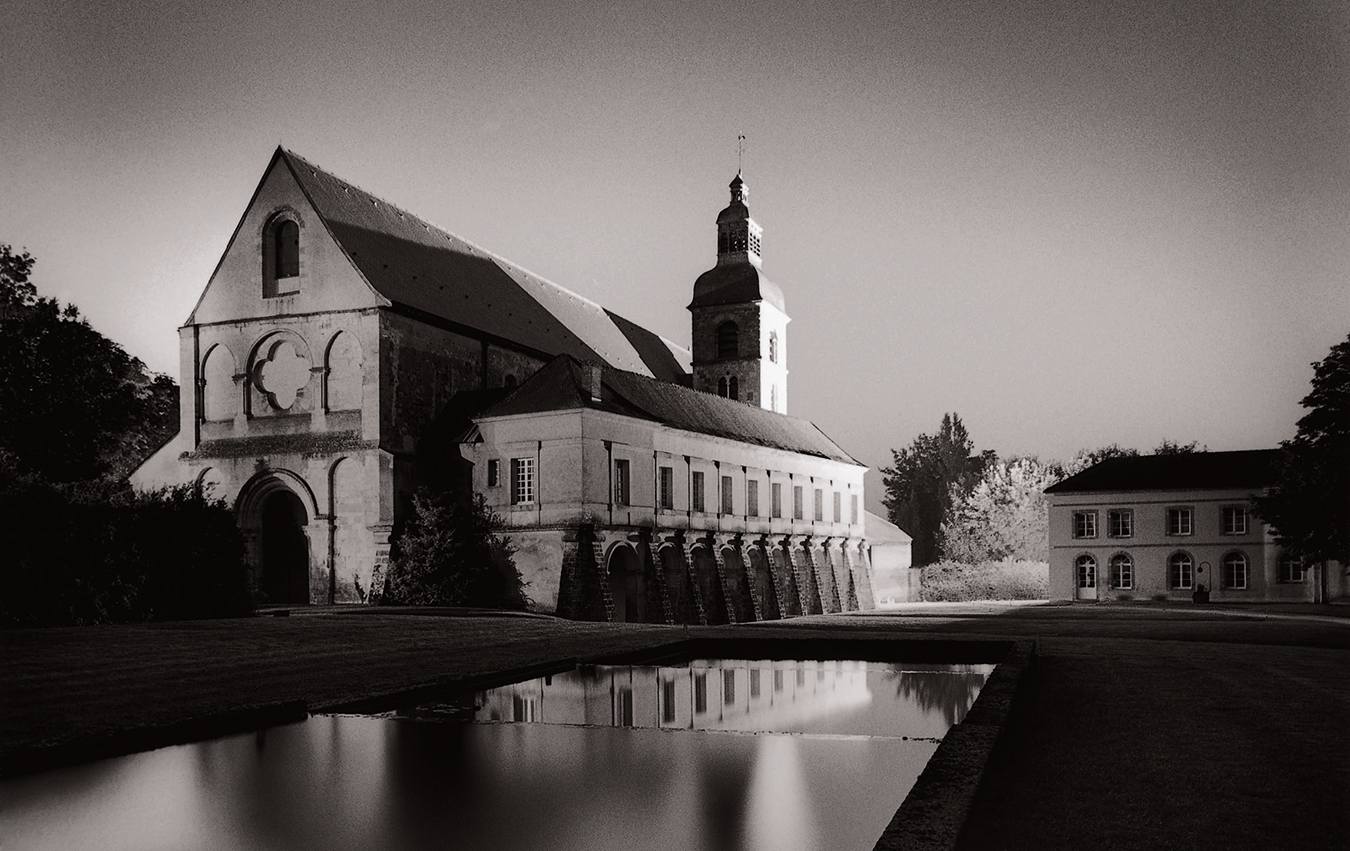The Rapid Success of English Sparkling Wine
Should we call it Brit Brut?
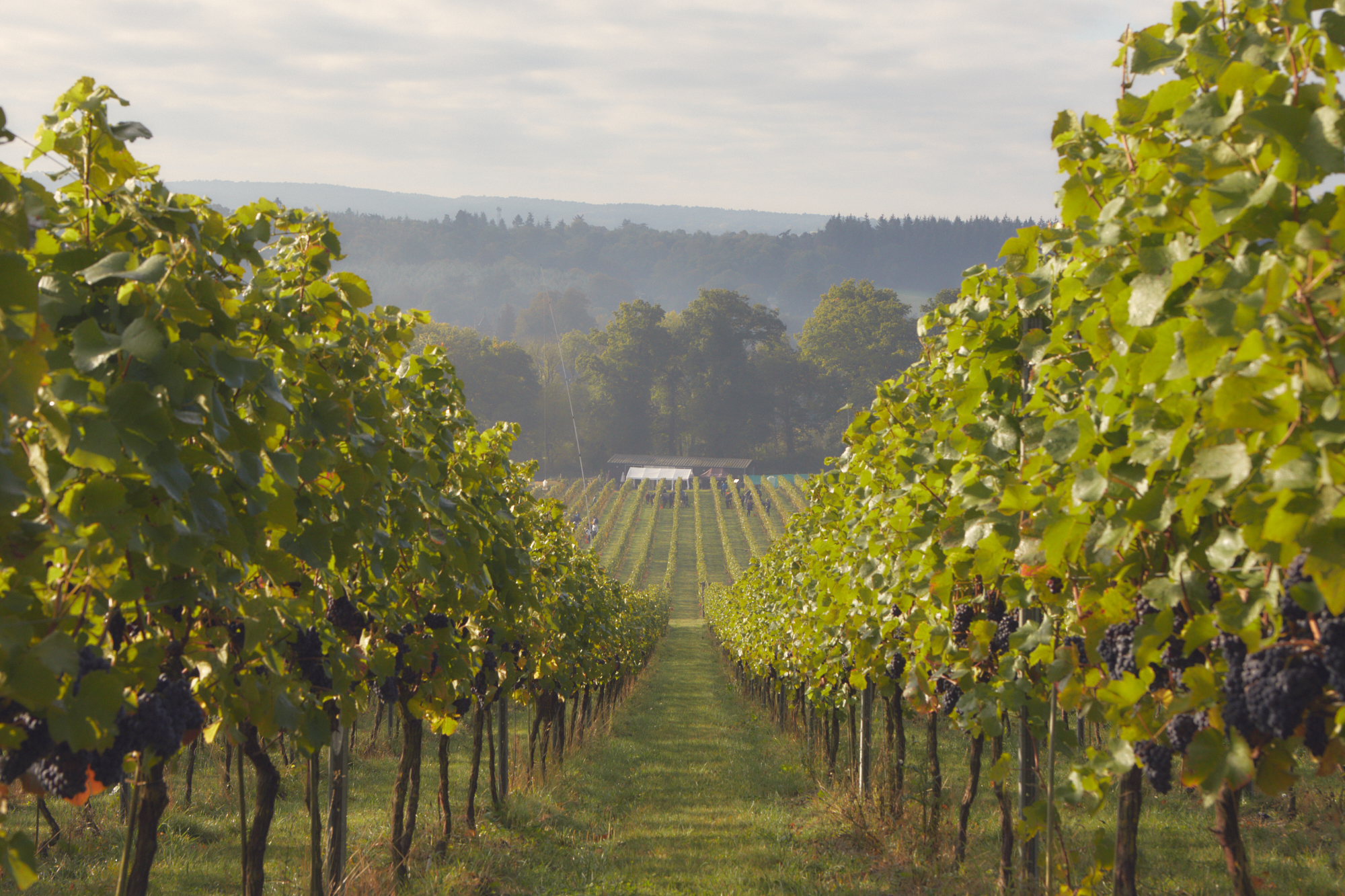
Albury Harvest. Photo by Jonathan Blackham.
The notion of “English wine” used to raise eyebrows as much as the thought of “English cooking”—neither seemed a good idea. There is a reason such famous wines as champagne, claret (red wine from Bordeaux), and sherry first made their name on the English market: England’s climate was unsuited to growing grapes, and wine had to be imported. Likewise, English cooking was reputed to be bland at best, and a gastronomic turn led to the dominance of exotic cuisines—initially French and Italian and, from the 1960s, South Asian.
But in the last decade, British chefs have established English cuisine as a distinct fine dining genre by distancing it from many foreign influences, resurrecting historical recipes, and drawing on specifically English ingredients. Similarly, English wine is now highly regarded and increasingly featured on the wine lists of prestigious restaurants.
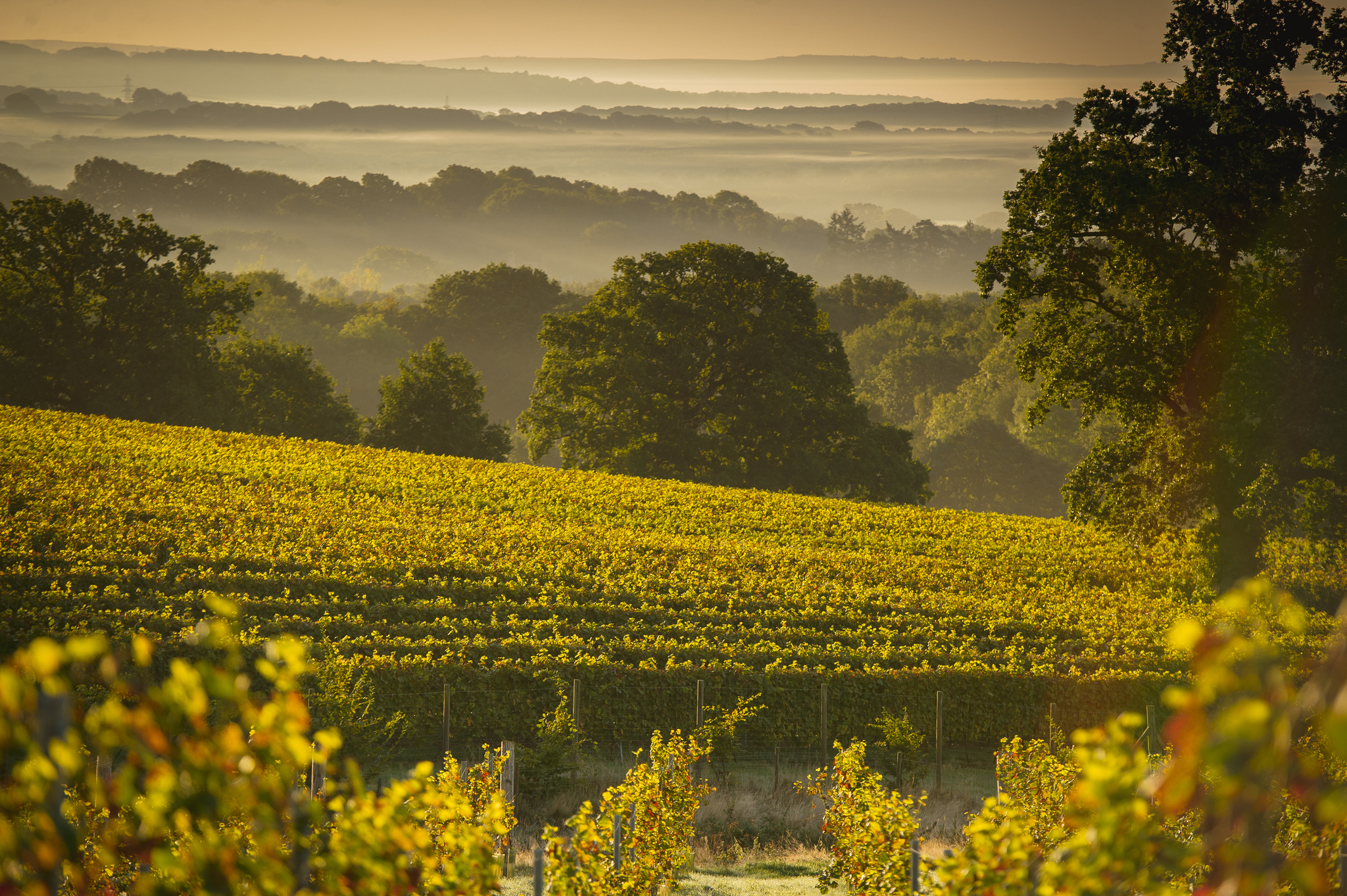
Blackdown Ridge Vineyard.
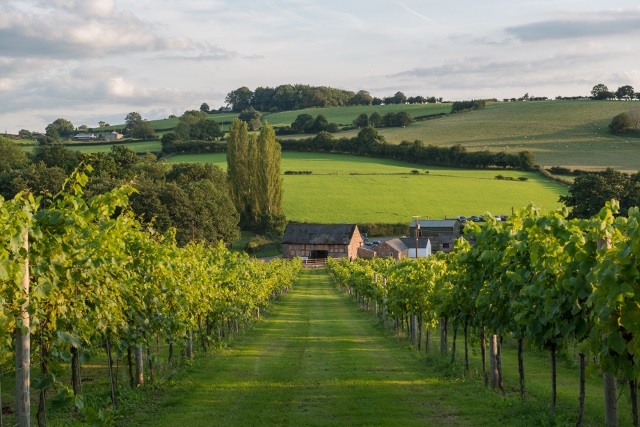
White Castle Vineyard Wales.
The production of wine in England, especially in the southern counties, has surged. (Wine is also made in Wales, but it represents less than 2 per cent of wine made in Britain.) In the last 10 years, total vineyard area has more than doubled in size (from 1,440 to 3,800 hectares), and the 195 wineries (up from 128) now produce between nine and 10 million bottles of wine a year. As impressive as that sounds, England is still a small wine region—its vineyard area is a little smaller than British Columbia’s—but it is commanding attention well beyond its relatively small size.
English sparkling wines, which represent about two-thirds of total production, attract the most attention. Made in the traditional method (used to make champagne), they are almost always made from the three main grape varieties grown in Champagne: pinot noir, chardonnay, and pinot meunier. These three varieties account for three-quarters of all the vines planted in England.
And Champagne is the model. Many English producers were persuaded to plant grapes for sparkling wine by the climatic and soil conditions southern England shares with Champagne. Just as pinot noir producers around the world planted on limestone because that’s what underlies much of Burgundy, entrepreneurs eying the southern English countryside noted the underlying chalk (a form of limestone) that resembles the soil structure in much of Champagne. As for climate, both regions are cool, but warming temperatures have helped viticulture in England as they have in other regions of northern Europe.
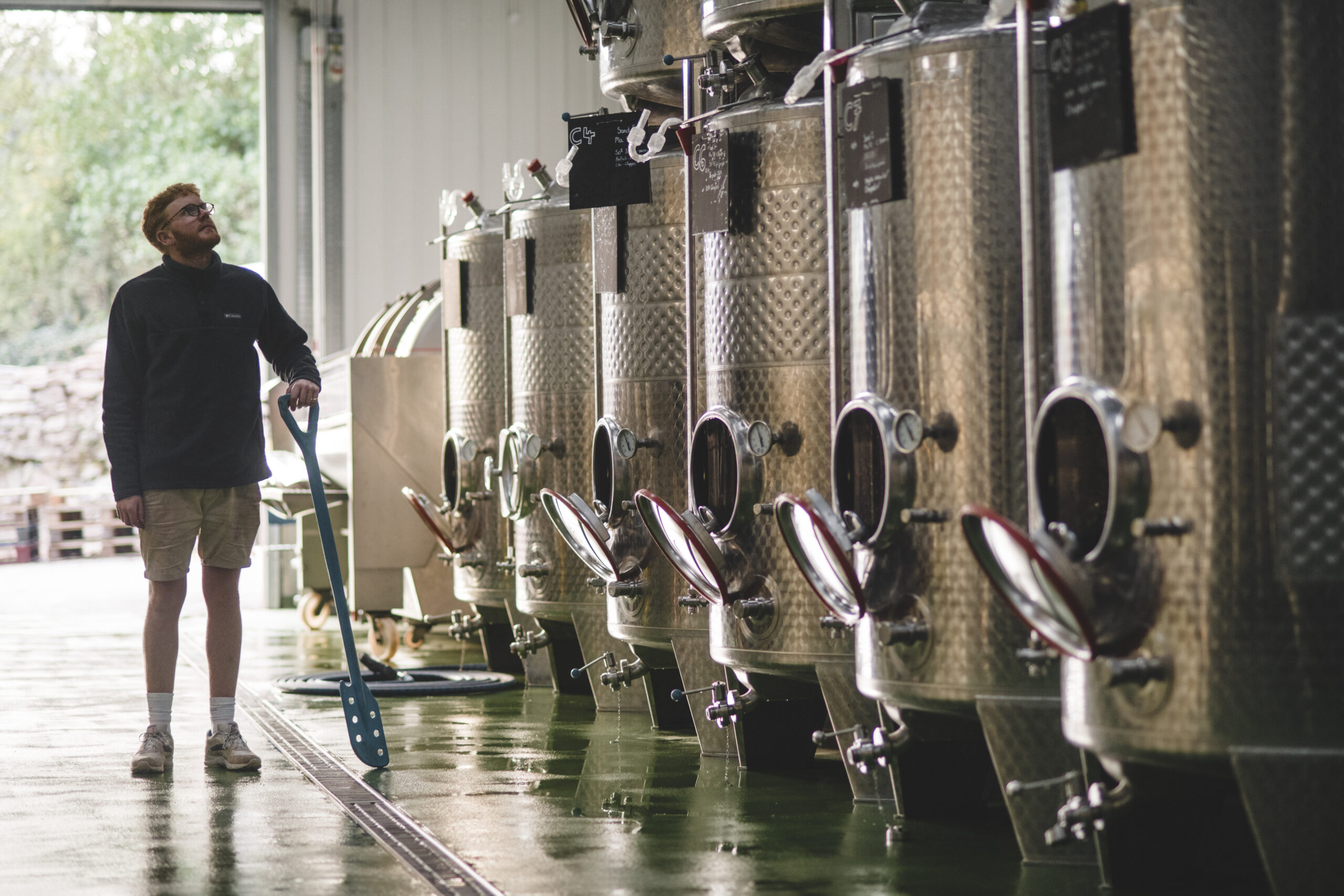
Sandridge Barton Winery.
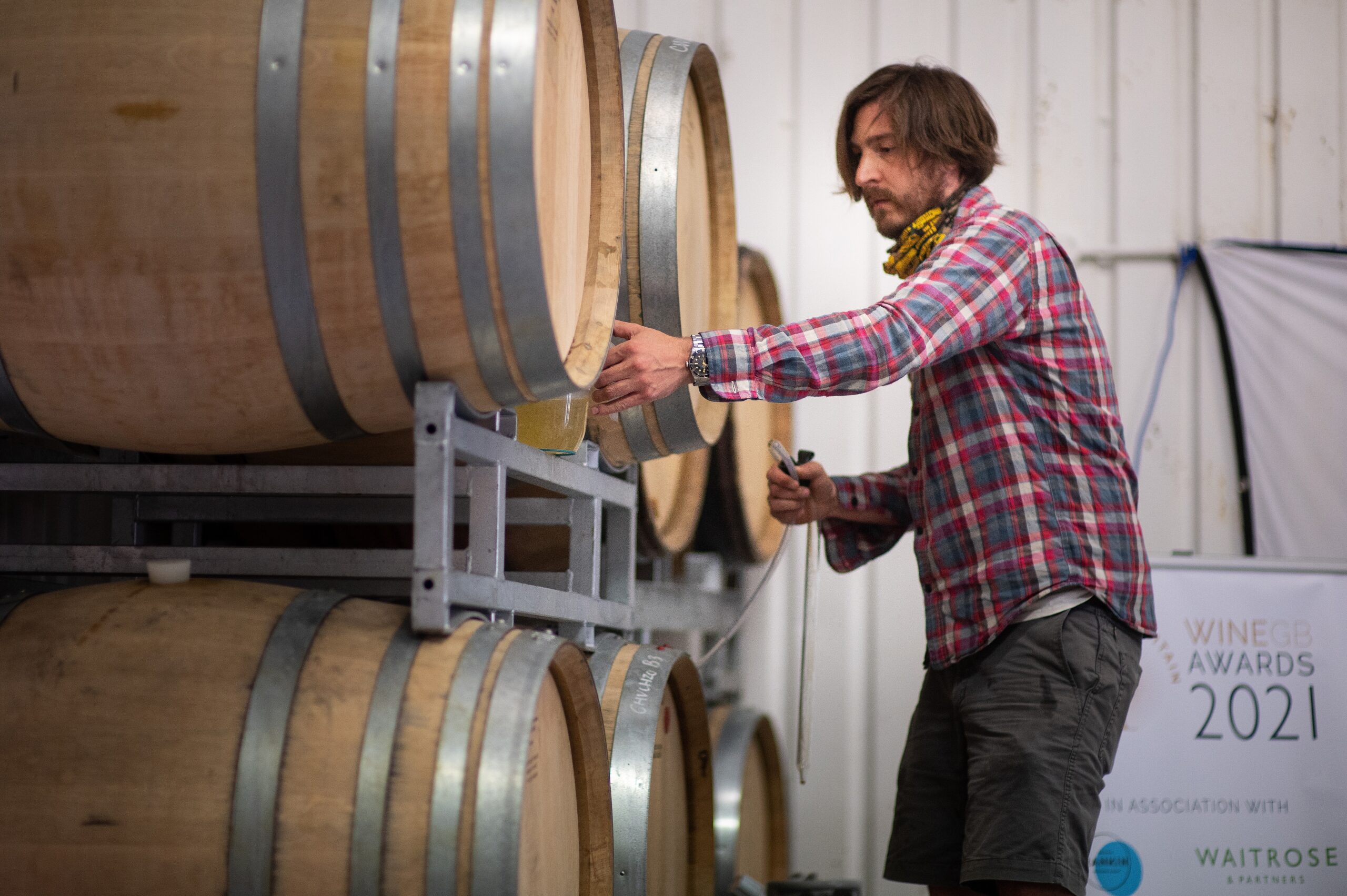
Blackbook Drawing from barrels. Photo by Tom Gold Photography.
The combination of grape varieties and growing conditions in England results in sparkling wines that tend to show excellent flavour complexity and the high acidity expected of this style of wine. The generous bubbles stream in beads and are often tiny, a trait associated with fine sparkling wine. There are variations, of course, some resulting from different grape varieties (a few English producers use varieties such as seyval blanc), others from winemaking decisions. The tendency is to make dry (brut or extra brut) sparkling wines, but there are some sweeter styles, and while most are white (including blancs de blancs and blancs de noirs), there is a good representation of rosés.
The early success of sparkling wine from southern England was so successful that some Champagne houses began to plant vines there. One of the first was Taittinger, which has established vineyards of Champagne’s three main varieties in Kent. Vitalie Taittinger, president of the house, says the project “is a great adventure, a true experiment, because nothing is obvious.” The first Taittinger English sparkling wine will be released in 2023 or 2024, and Taittinger adds, “I’m sure about one thing. We will produce a very beautiful wine.”
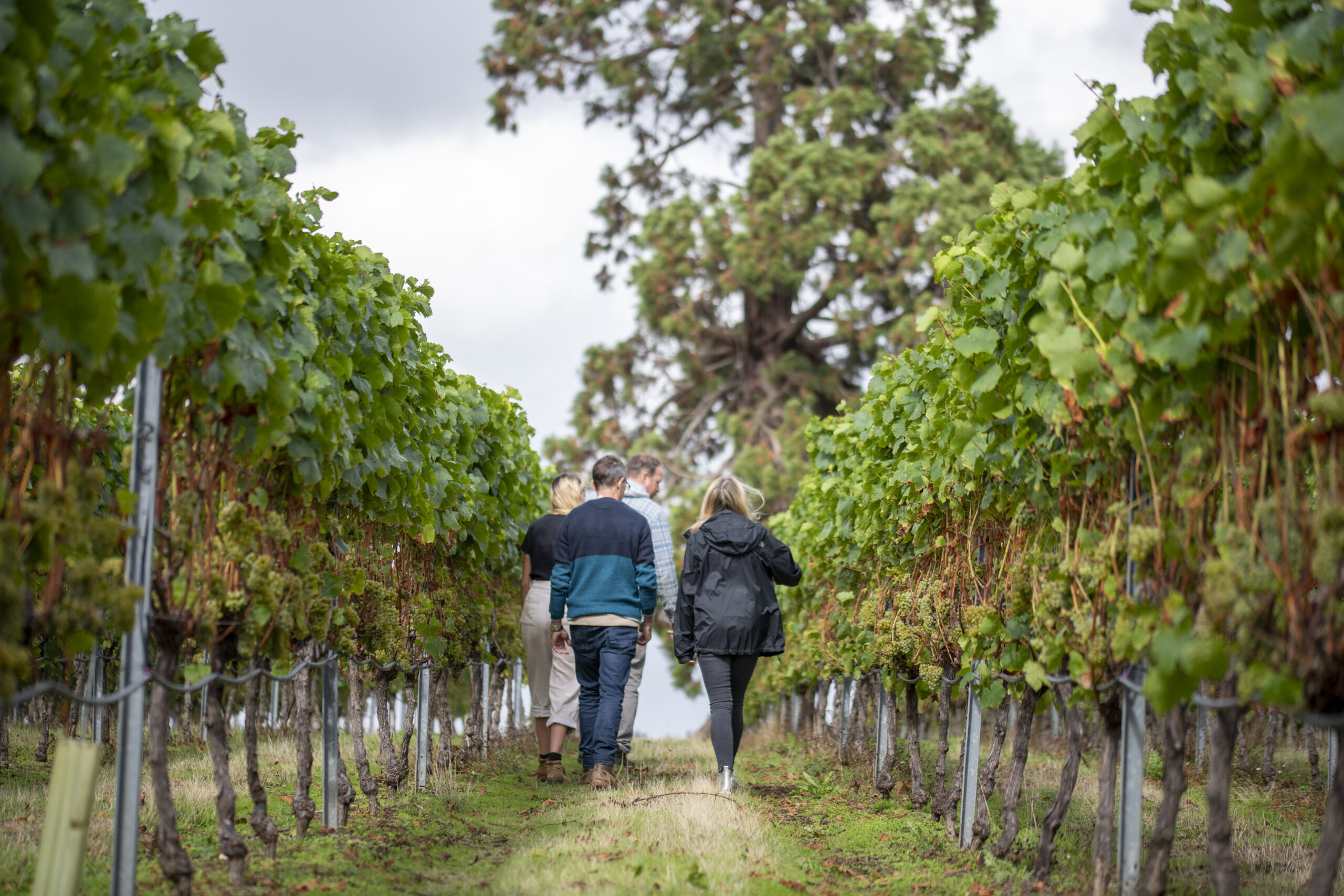
Stopham Estate. Photo by Ed Dallimore.
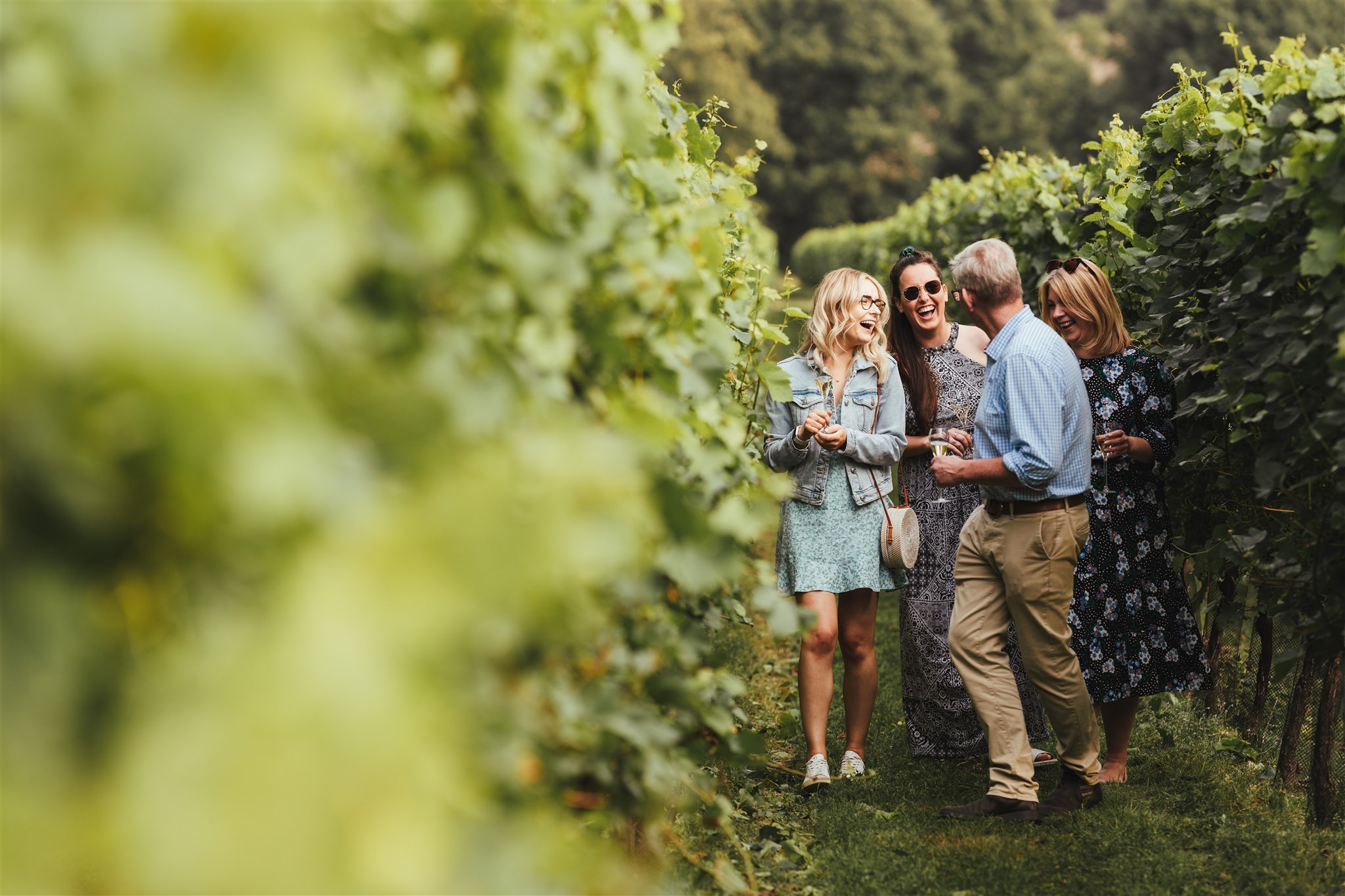
Simpsons Wine. Photo by Saltwick Media.
Although the Romans introduced viticulture to England 2,000 years ago, and there have been scattered vineyards and some wine production there ever since, it is only in the past decade that we can talk about an English wine industry. These are early days, but the fruit of these vineyards has already given English sparkling wine a solid profile and global reputation. Yet production is very small, and less than 5 per cent is exported. A few English wines make it to Canada, but only transiently, because they quickly sell out. The alternative is to go to England, where these wines feature much more widely in stores and on restaurant wine lists.
Some English sparkling wines
Chapel Down Kit’s Coty Blanc de Blancs
Gusbourne Estate Blanc de Blancs
Harrow & Hope Brut Reserve No. 6
Wiston Brut



